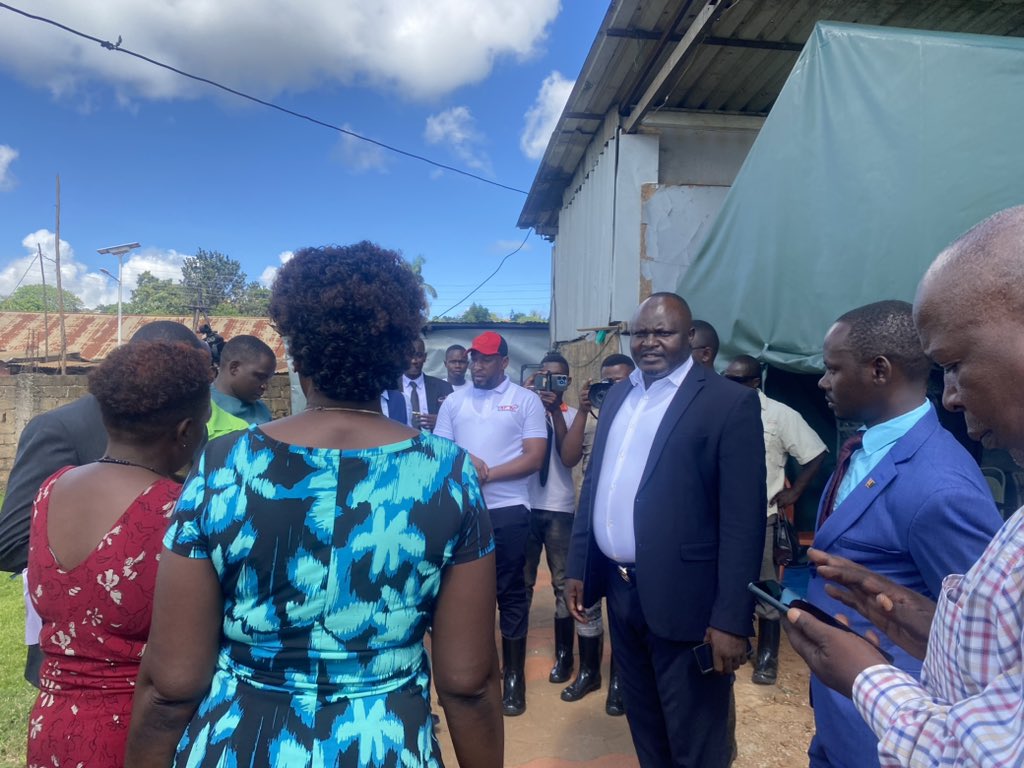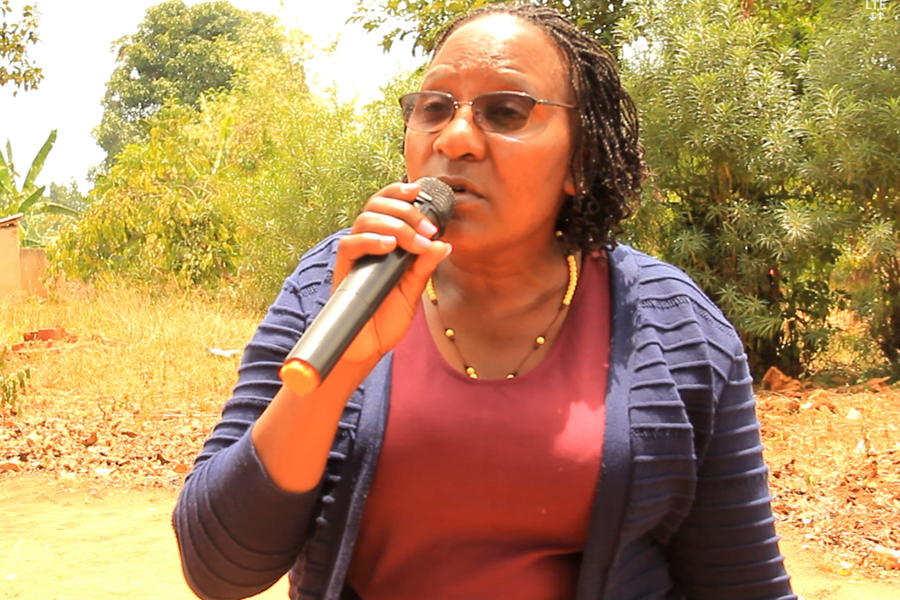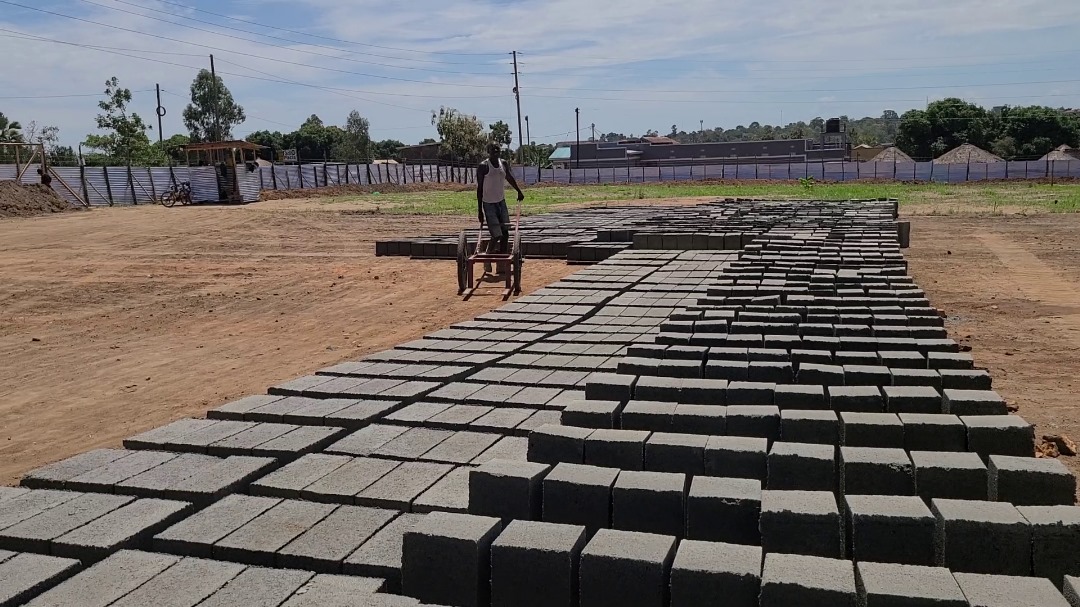AfCFTA: Africa needs a "one-stop-shop" approach to competition law
Ivan Ojakol
Africa started trading under the Africa Continental Free Trade Area (AfCFTA) on the 1st of January, 2021. The AfCFTA creates the largest trade pact in the world.
The negotiation of the trade deal has now moved onto Phase II and will involve the negotiation of a Protocol on Competition Law.
The State Parties to the Agreement establishing the AfCFTA will be expected to decrease their tariff lines up to 90% within a set period of time, non-tariff barriers to trade will also be reduced and there will be improved border efficiencies through trade facilitation measures.
These measures will see the creation of an immense Pan-African market and this will inevitably lead to the proliferation of anti-competitive behaviour as big enterprises enter new promising markets with profit maximization ambitions.
Competition law has therefore never been more important in the African context. Competition law could especially help in allaying the fears of many an African businessman that is afraid that the AfCFTA will increase competition with the bigger enterprises and drive them out of the market.
What a good competition legal regime will do is to make markets work fairly for both businesses and consumers by curbing anti-competitive practices like abuse of dominance and promoting consumer protection.
There have been some efforts among African counties to adopt competition law. Out of Africa’s 54/55 countries, 13 do not have domestic competition laws. There are also still about nine without competition authorities and/or institutions more or less making their competition laws inoperative.
There is an interesting phenomenon though; among the 13 African countries without domestic competition laws, 11 of them are a part of regional supranational competition regimes.
These competition regimes are initiatives under the different Regional Economic Communities (REC’s) in Africa.
These REC’s are: the East African Community (EAC); the Economic Community for the West African States (ECOWAS); the Central African Economic and Monetary Union (CEMAC); the West African Economic and Monetary Union (WAEMU); the Common Market for Eastern and Southern Africa (COMESA); the Southern African Development Community (SADC) and the Southern African Customs Union (SACU). The latter two in comparison to the other five REC’s do not have binding supranational competition laws.
These REC’s create some complexities as far as competition law is concerned on the Continent and these will have to be factored in when coming up with the “one-stop-shop” competition institution.
Lessons for the AfCFTA Competition Protocol from some of the REC’s
The agreement establishing the AfCFTA makes the REC’s the building blocs of the AfCFTA. There are therefore many lessons to be learnt from the regional competition regimes in Africa. This essay will look at a few of these regional competition regimes.
WAEMU
Under WAEMU’s competition regime, the WAEMU Competition Commission is given supremacy and the domestic competition authorities are subordinate to it. They in essence provide a supportive role to the WAEMU Competition Commission and only provide non-binding advice to it.
COMESA
This is the most active and experienced regional competition regime thus far. Since the commencement of operations in 2013, the COMESA Competition Commission (CCC) has handled a number of merger reviews.
The COMESA competition regime however comes with its challenges as member states like Kenya, Rwanda, Uganda and Burundi are also members of the EAC.
EAC
The EAC enacted a Competition Act in 2006 which established the EAC Competition Authority (EACCA).
The EAC Competition Act gives EACCA supremacy in competition matters involving community law, its decisions are binding upon the member states and their domestic competition authorities.
Member states are tasked to refer any competition issue touching upon community law to the EACCA.
Some member states of the EAC have overlapping memberships with other REC’s; Tanzania is a member of SADC while Kenya, Rwanda, Uganda and Burundi are members of COMESA.
Also, countries like Uganda and South Sudan do not have Competition laws and among the member states, it is only Kenya and Tanzania that have active competition authorities (it is quite common across Africa for countries to have competition laws without competition authorities).
The EACCA was set up in 2018 and is yet in comparison for example with CCC to handle any merger reviews.
A “one-stop-shop” competition regime
From the foregoing, competition law in Africa can be categorised as follows: countries with both a domestic competition law and a competition authority; countries with a domestic competition law but without an authority; countries with no domestic competition law but covered under a regional competition law; and countries with neither domestic nor regional competition law.
The foregoing also points towards the impending conflict between overlapping regional competition regimes in Africa as shown by the COMESA and EAC example that share member states.
Jurisdictional conflict between national competition authorities and regional/ supranational competition authorities especially where as is the case with WAEMU, the regional competition authorities attempt to relegate the national competition authorities to mere onlookers.
A “one-stop-shop” competition institution under the AfCFTA is of the essence.
This “one-stop-shop” competition law approach should therefore take into account the aforementioned issues and address them.
It has been posited that an AfCFTA competition regime will especially benefit countries that neither have competition regimes nor covered by any regional competition laws.
There is a lot to learn for the negotiators and drafters of the AfCFTA Competition Protocol to draw from the fledgling competition landscape in Africa, learning from the failures and weaknesses so far and building on the strengths and gains made.
In conclusion, I opine that this “one-stop-shop” should not take the WAEMU approach-which in my view is a regional “god-father” with a “be-all-and-end-all streak”, rather I would advocate for a “multi-tiered-hybrid approach”.
This “multi-tiered-hybrid approach” should promote the harmonious co-existence of national competition authorities alongside the regional authorities and find a balancing act between and among the overlapping regional competition regimes.
The AfCFTA must avoid legal transplants from elsewhere and design what the United Nations Conference on Trade and Development has called “an effective competition framework.”
The author is a trade lawyer with specialty on the AfCFTA.













